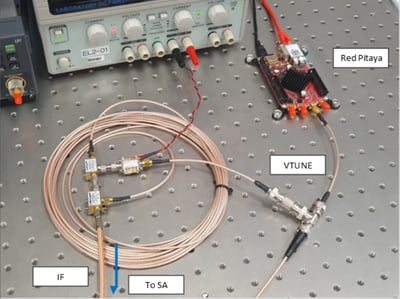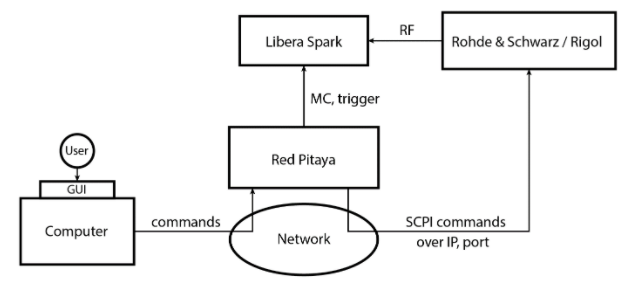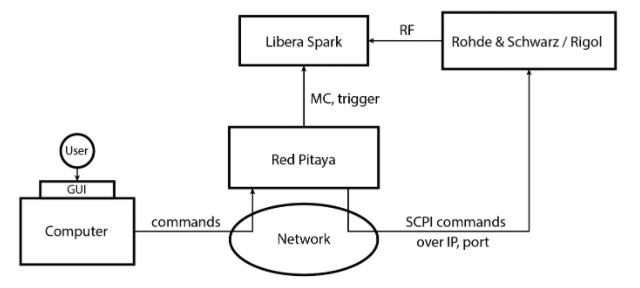Top 5 Student Projects Achieved with Red Pitaya
-
Posted by
 Red Pitaya Team
, September 16, 2022
Red Pitaya Team
, September 16, 2022

As an engineering student, all the years of engineering classes are filled with theoretical knowledge. But at the same time you’re likely planning for your future career, and would like an impressive resumé that includes some interesting projects that make use of the widely used and demanding technologies that are often used in the industry. Red Pitaya devices can help here, as they are used by NASA, Bosch, Siemens, Wolfhagen, and many more leading names.
Explore the projects that students from around the world are creating, and get inspired for your own. Here’s a list of the top 5 student projects that were achieved with the support of a Red Pitaya device:
1. Keyboard technology: A 3D printed piano action and self-tuning controller
Rebecca Mulholland, Isabel Perry, Ying Geng, and Edmon Perkins from Auburn University
How could a 3D-printed piano action help achieve the goal of creating a keyboard instrument that can withstand extreme humidity and temperature while offering enhanced musical adaptability? The self-tuning experimental setup uses a Red Pitaya unit to collect data from the piano strings.

Figure 1: The self-tuning experimental setup is shown
2. Linearization of a voltage-controlled oscillator with Red Pitaya
Bryce Chung from Terahertz Engineering Laboratory at the University of Adelaide
In this article, a Red Pitaya board is used to linearize a voltage-controlled oscillator (VCO) for use in a Frequency Modulated Continuous Wave (FMCW) radar system.

Figure 2: VCO characterization setup diagram and photo
3. BCI with the Red Pitaya STEMLab 125-10
Team xohw21-129 from the University of Zaragoza for the Xilinx Open Hardware Competition 2021
In this work, an EEGNet-based architecture is implemented on the FPGA of the Xilinx Zynq 7010 system-on-chip (SoC), the core of the Red Pitaya STEMLab 125-10. To achieve this, two optimization strategies are explored: some data reduction techniques to control the size of the model, and the fixed-point representation of the network.
Video 1: FPGA implementation of BCIs using QCNNs | 2021 Xilinx Open Hardware Competition | Team xohw21-129
4. Red Pitaya-based low-cost SDR platform
Buta Rares-Calin from Technical University of Cluj-Napoca
In this project, a large-bandwidth low-cost SDR architecture is based on the Red Pitaya board. The components of this architecture are chosen so that the bottleneck in the transmit/receive chain will be the board.
Video 2: Red Pitaya based low-cost SDR platform
5. Particle Accelerator Simulator
Tomaž Rojc from the University of Ljubljana, Faculty of Computer and Information Science
The Particle Accelerator Simulator is an application that uses a Red Pitaya STEMLab 250-12 to set the parameters on a Libera Spark, an Instrumentation Technologies' beam position monitor particle accelerator. Red Pitaya sets Spark's machine clock on output 1 and triggers on output 2. It also sends SCPI commands to Rigol or Rohde & Schwarz's signal generator to generate RF signals.

 Figure 3: Setup architecture
Figure 3: Setup architecture

Find more interesting student projects on our website.
Already have an idea for a project? Start here.
About the Red Pitaya Team
The Red Pitaya editorial team consists of engineers, researchers, and product experts who develop and test cutting-edge open-source test & measurement solutions.
Our mission is to make advanced instrumentation accessible to everyone — from students and educators to leading research labs worldwide.



